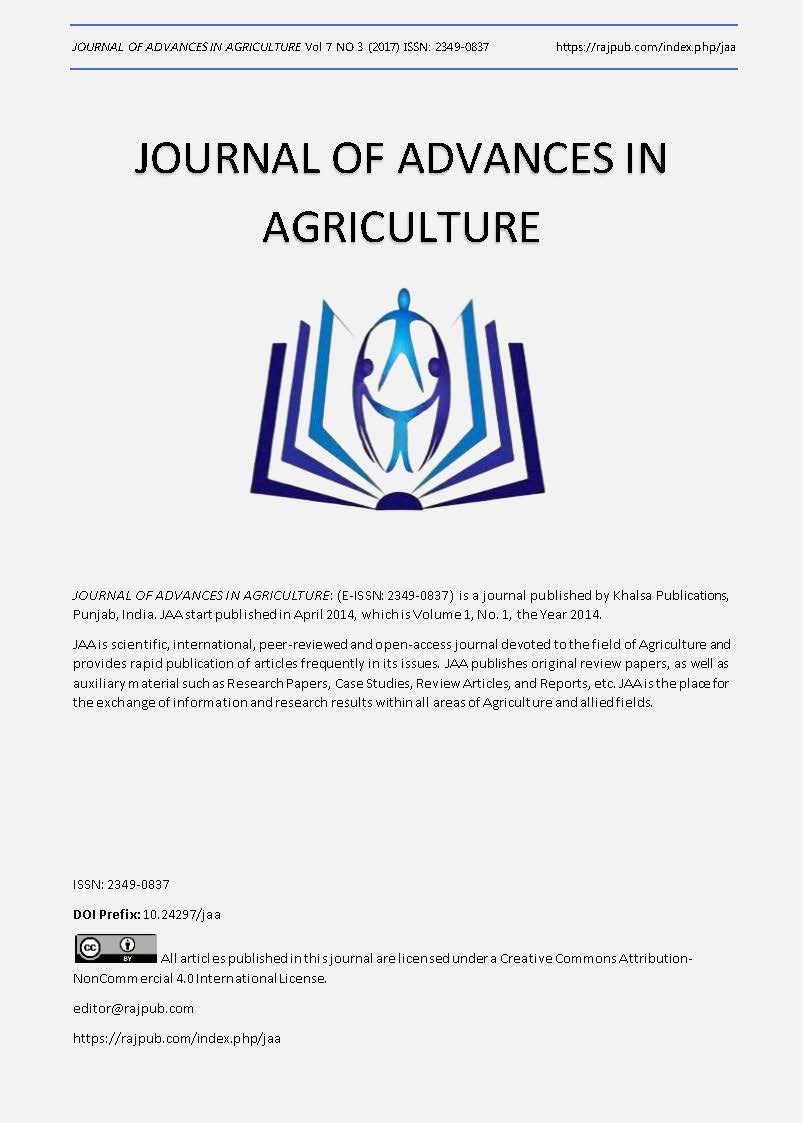RESILIENCE IN DAIRY FARM BUSINESSES; TO BOUNCE WITHOUT BREAKING
DOI:
https://doi.org/10.24297/jaa.v7i3.6401Abstract
New Zealand dairy farmers face an increasingly turbulent business environment. To cope with a turbulent environment, they need to have resilient farming systems that have the capacity to better deal with volatility. The main purpose of this study was to develop an understanding of what resilience means for dairy farming and to determine how it might be measured. Resilience can be described as buffer capacity, adaptability and transformability with increasing degrees of change required with each. The research for this paper focused on buffer capacity, the ability of a farming system to bounce without breaking, and carried out rigorous statistical analysis of the DairyBase database to identify resilience surrogate measures. Of the three attributes of buffer capacity the PCA method identified that the dominant attribute was resistance (both technical and financial efficiency), the less dominant were precariousness (solvency) and latitude (liquidity) attributes. In conclusion, the farms that were able to demonstrate both short-term optimization and long-term adaptability were those that were neither low input nor high input pasture based farms. They had farming systems that were able to both respond to favourable and unfavourable conditions to improve or protect results respectively; they displayed the flexibility to bounce and not break.
Downloads
Downloads
Published
How to Cite
Issue
Section
License
 All articles published in Journal of Advances in Linguistics are licensed under a Creative Commons Attribution 4.0 International License.
All articles published in Journal of Advances in Linguistics are licensed under a Creative Commons Attribution 4.0 International License.




